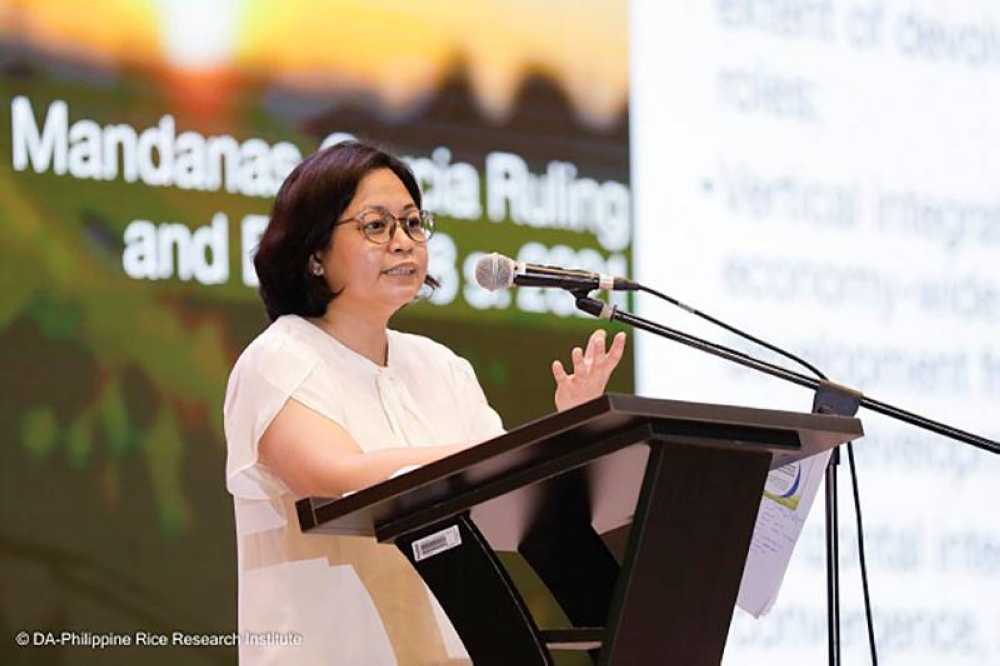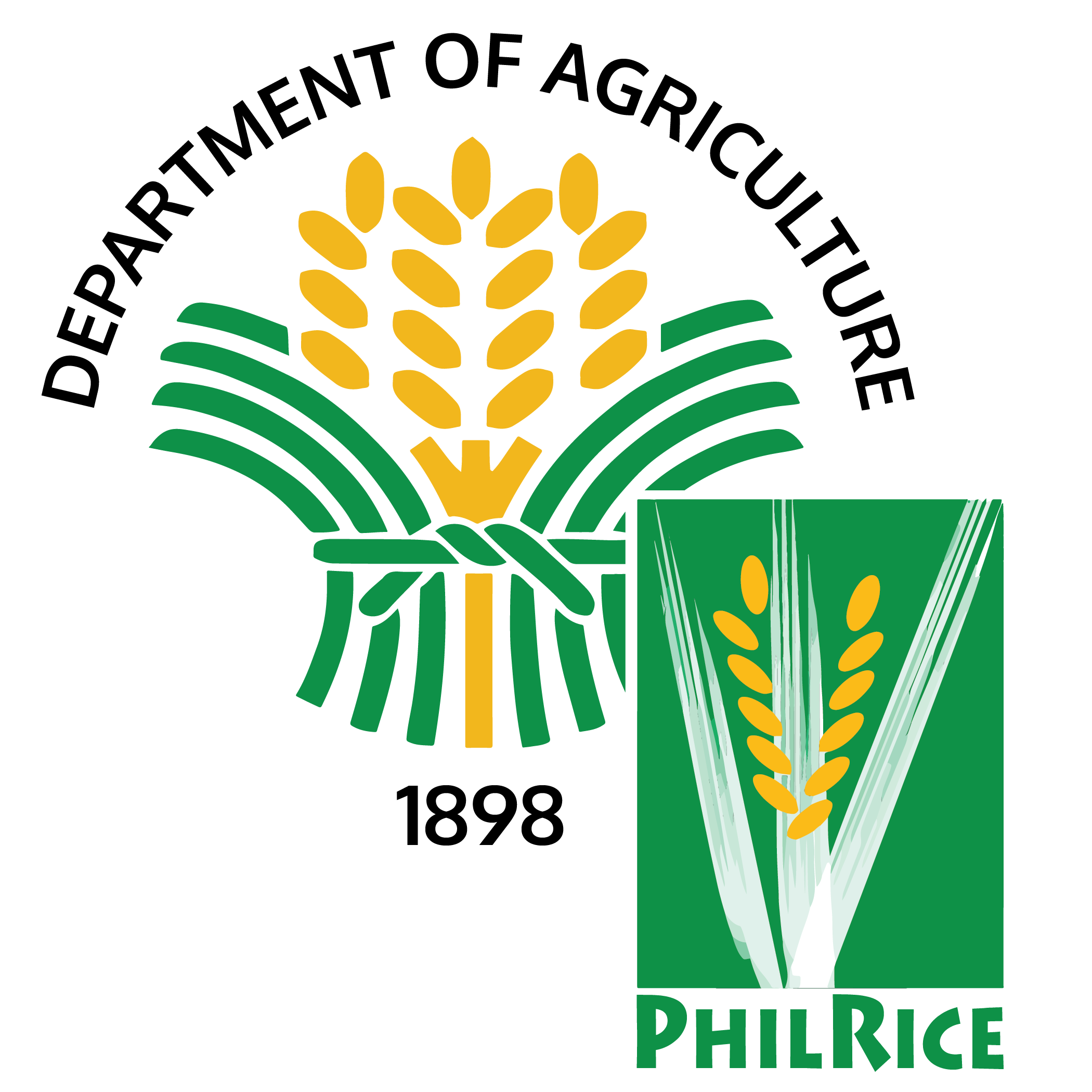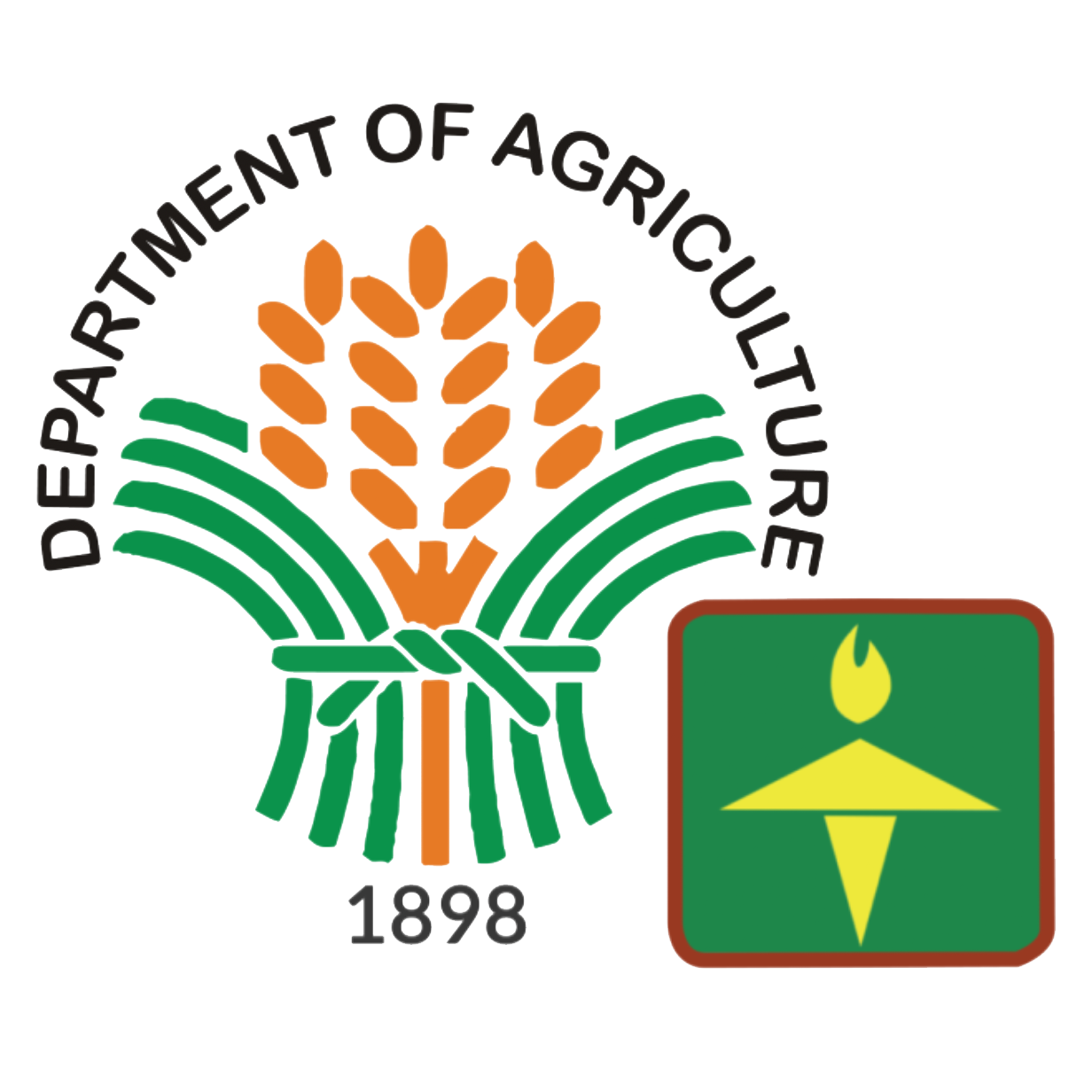
THE Department of Agriculture-Philippine Rice Research Institute (DA-PhilRice) said it is developing location-specific fertilizer recommendations to help local farmers maximize their resources amid high fertilizer costs through the Rice Competitiveness Enhancement Fund (RCEF) Seed and Extension Programs.
Flordeliza Bordey, head of DA-PhilRice RCEF Program Management Office, said that farmers’ resources have become more limited because of high fertilizer costs.
Bordey added that current practices show that if farmers continue to apply fertilizers that are not appropriate to crop needs, their resources are wasted and yields can be sacrificed.
“We want to help them address that. Studies show that mineral nutrients are vital in boosting rice growth and development. However, some mineral nutrients have limited availability in the soil and must be supplemented with fertilizer application,” she said.
Bordey added that experts said too little application will lead to suboptimal yield while excessive application is costly and can lead to soil and water pollution.
“Thus, we emphasized the need to determine the amount of mineral nutrients available and lacking in the soil,” Bordey noted.
She said PhilRice started conducting massive soil analysis of farmers’ fields representing major soil types in RCEF target areas through the use of the Minus-One Element Technique (MOET) kit.
The project started in the 2021 wet season and is expected to complete generating specific recommendations for 512 municipalities by the end of 2023.
“We have processed the recommendations from the first batch of the MOET setups and are getting ready to cascade these to the target areas.“
“We are collaborating with our partner local government units (LGUs) to ensure that the recommendations reach the farmers, which they would hopefully adopt,” Bordey noted.
MOET is a diagnostic tool used to identify deficient macronutrients like nitrogen, phosphorus and potassium, and micronutrients including sulfur, zinc and copper in field conditions. Part of its results show the right element, amount and timing of fertilizer application needed by the crop for better yields.
“We would also like to encourage our partner LGUs to help us not only in helping disseminate the fertilizer recommendations to farmers, but also to implement programs that complement our advocacy on proper nutrient management such as providing the required fertilizers,” Bordey said.
“Crops require both macro and micronutrients for better growth and development. Some of it can be sourced from the environment. The rest are deficiencies that can be supplemented by fertilizers,” DA-PhilRice nutrient management expert Ailon Oliver Capistrano, for his part, said.
Capistrano said that the common method of assessing the needs of the rice crop is to observe its physical appearance.
“When crops turn yellowish, some farmers would usually apply urea to solve it. However, the practice may not always address the soil or the crop’s specific needs,” Capistrano explained.
He said that the availability of these six nutrients can be determined through MOET.
For his part, AGRI party-list Rep. Wilbert Lee commended the DA-PhilRice initiative to develop location-specific fertilizer recommendations to help rice farmers maximize their yield with less cost.
“I look forward to the success of this study for the benefit of our farmers as soon as possible. Aside from this, it is also important that our farmers have access to affordable fertilizers. That’s why we support the administration’s plan for a government-to-government deal to lower fertilizer cost,” Lee said.
(Bella Cariaso ,The Manila Times)











